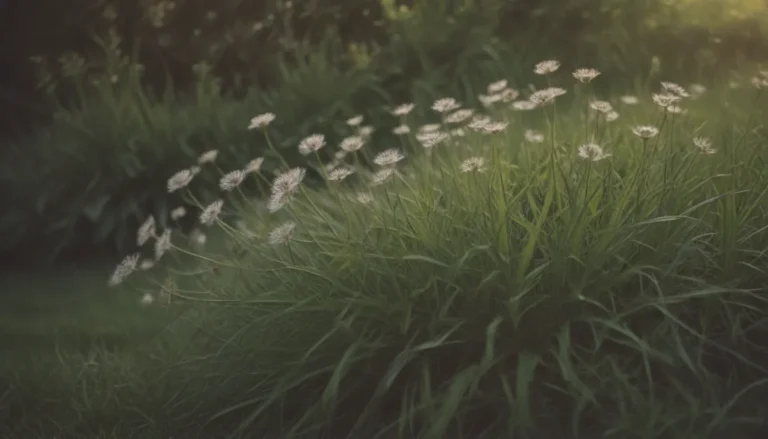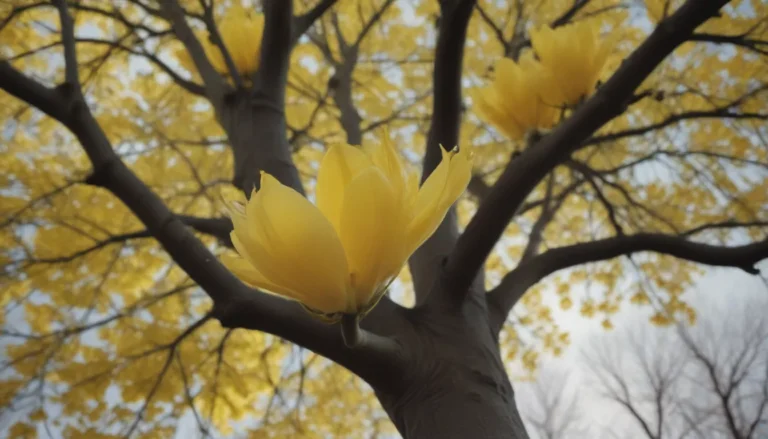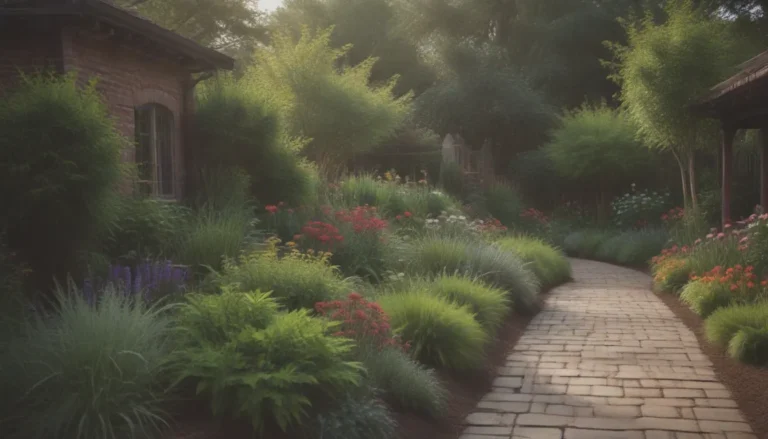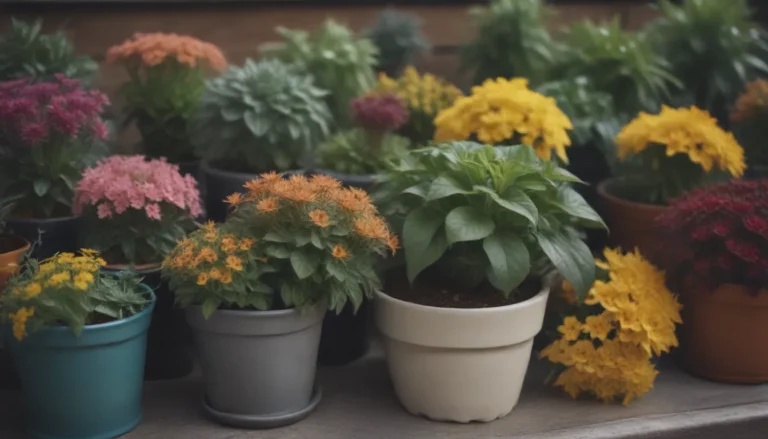Mastering the Art of Growing Weeping Redbud Trees
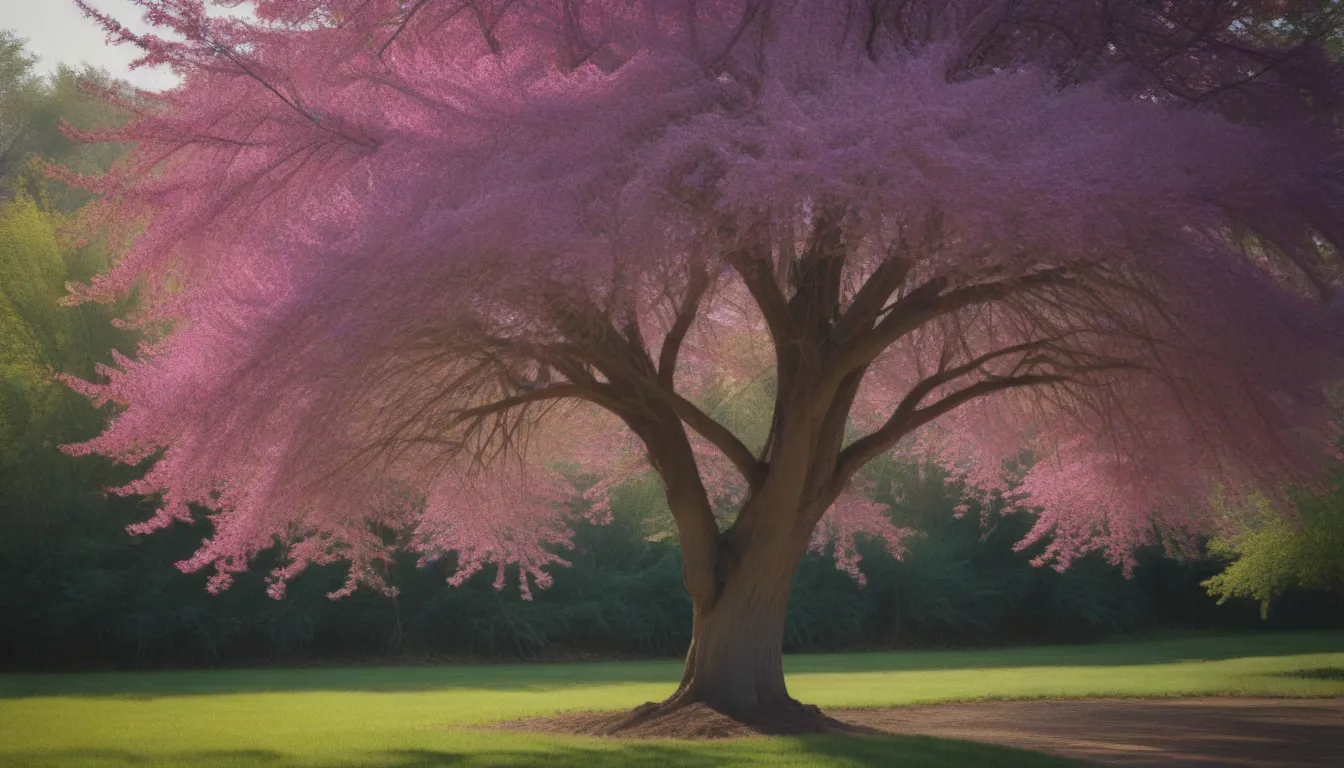
Welcome to the wonderful world of Weeping Redbud trees! If you’re a fan of vibrant colors and unique shapes in your garden, then this charming tree is the perfect addition to your landscape. Native to the eastern United States, the Eastern redbud tree is a favorite among gardeners for its stunning lavender-pink blossoms that bloom in early spring. In this comprehensive guide, we will walk you through everything you need to know about growing and caring for Weeping Redbud trees, ensuring that you can enjoy their beauty year after year.
Getting to Know the Weeping Redbud Tree
Before we dive into the nitty-gritty of caring for Weeping Redbud trees, let’s take a moment to appreciate their unique characteristics. Also known as “Lavender Twist” or “Ruby Falls,” these cultivars feature a weeping form that adds a touch of elegance to any garden. With their cascading branches and heart-shaped leaves, Weeping Redbud trees are a sight to behold.
Key Features of Weeping Redbud Trees:
- Stunning lavender-pink blossoms in early spring
- Large, dramatic heart-shaped leaves that turn yellow in the fall
- Weeping branches and twisted shape for added visual interest
- Ideal for cottage gardens or as a focal point in your landscape
Growing Conditions for Weeping Redbud Trees
Now that you’re familiar with the beauty of Weeping Redbud trees, let’s discuss the optimal growing conditions to ensure their health and vitality.
Light:
- Weeping Redbud trees thrive in partial shade but can also tolerate full sun.
- They can be planted under the shade of larger trees or in woodlands where they can bloom beneath the forest canopy.
Soil:
- Well-drained soil is essential for the growth of Weeping Redbud trees.
- When planting, add compost and peat moss to improve soil quality.
- Choose a location wisely as these trees do not like to be transplanted once established.
Water:
- Regular watering is crucial, especially during dry spells.
- Weeping Redbud trees are somewhat short-lived and require consistent moisture to thrive.
Temperature and Humidity:
- Weeping Redbud trees are cold-hardy but may need protection in Zone 4.
- Mulching around the base of the tree can help regulate soil temperature and moisture levels.
Fertilizer:
- Apply general-purpose fertilizer in the spring before the tree’s blossoms open to promote healthy growth.
Pruning and Maintenance Tips
Proper pruning is key to maintaining the shape and health of your Weeping Redbud tree. Follow these guidelines to keep your tree looking its best:
- Prune in the fall to shape the tree and remove dead branches.
- Avoid V-shaped branch crotches to prevent breakage as the tree ages.
- Remove excess branches to prevent overcrowding and maintain a balanced look.
Common Pests and Diseases
While Weeping Redbud trees are relatively low-maintenance, they can be susceptible to certain pests and diseases. Keep an eye out for the following issues:
- Cankers: Look for sunken lesions on the bark, which can indicate a canker infection.
- Tree-boring insects: Monitor for signs of insect activity and consult a tree specialist if necessary.
By staying vigilant and addressing any potential issues promptly, you can ensure that your Weeping Redbud tree remains healthy and vibrant for years to come.
In Conclusion
Growing Weeping Redbud trees can be a rewarding experience for gardeners of all skill levels. With their enchanting blossoms, graceful shape, and low-maintenance nature, these trees are sure to become a cherished addition to your garden landscape. By following the tips and guidelines outlined in this article, you’ll be well-equipped to nurture your Weeping Redbud tree and enjoy its beauty season after season. Happy gardening!
